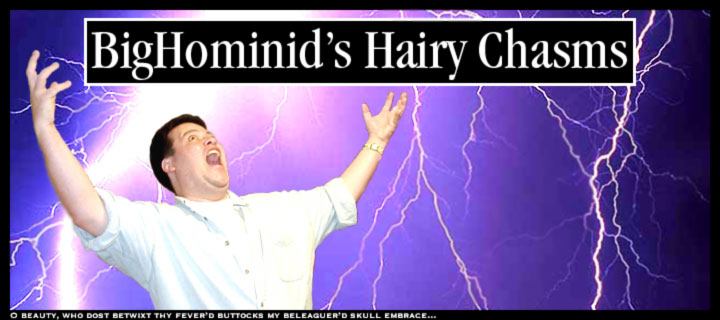A question for Dr. Vallicella and others who are attempting to discern whether the doctrine of the Trinity is intelligible:
Is there no room in philosophy for mystery?
I ask the question as a disinterested nontheist, but am honestly curious as to whether philosophers ever reach a point on the conceptual map where they give up and label the outer regions with "Here be dragons."
I think there will always be a basic tension between philosophy and religion as long as philosophers believe that core religious doctrines must (or can) be rationally accessible.
My own take on the Trinity is that it's a nice metaphor. As one of my friends suggested, it's an image that describes the relationship between the many and the one. In that sense, it's archetypal. Consider a close cousin of the trinitarian formulation: "form is emptiness; emptiness is form." The many and the one exist in and through each other. I don't think there can be any rational parsing of this extraordinary-yet-ordinary fact.
Actually, some Buddhists see a parallel between the trinitarian notion of perichoresis (mutual indwelling of the Persons of the Trinity; if I'm not mistaken, the Greek means something like "dance in the round") and the Buddhist notion of pratitya-samutpada, or dependent co-arising. I object to the parallel because perichoresis isn't meant to describe something outside the Trinity itself, whereas pratitya-samutpada is applicable to all phenomena.
Discuss among yourselves.
_
Wednesday, January 19, 2005
Trinity, rationality, and a Big Question
Subscribe to:
Post Comments (Atom)






No comments:
Post a Comment